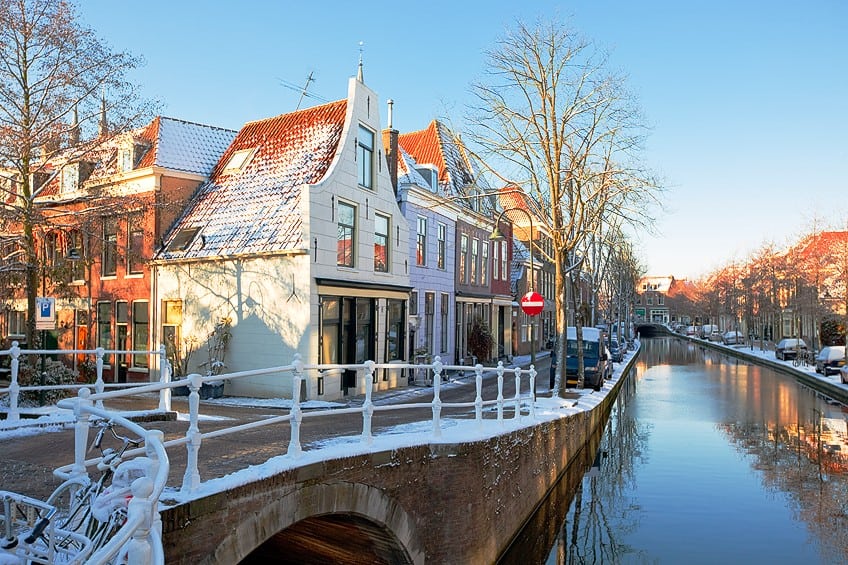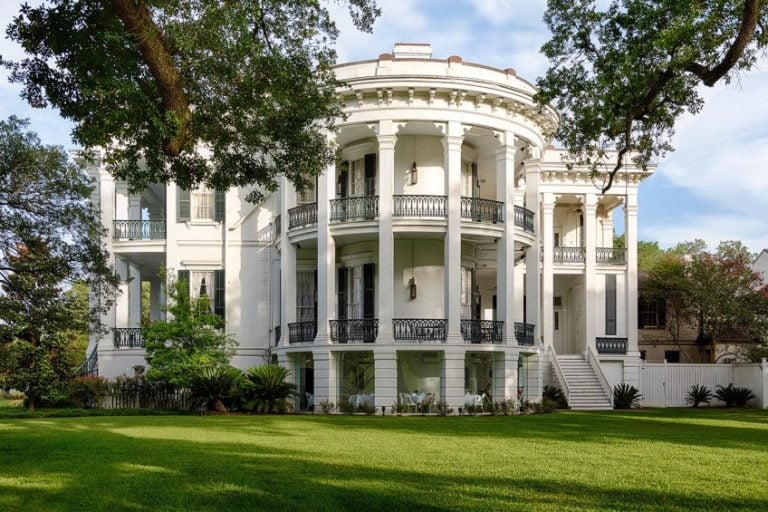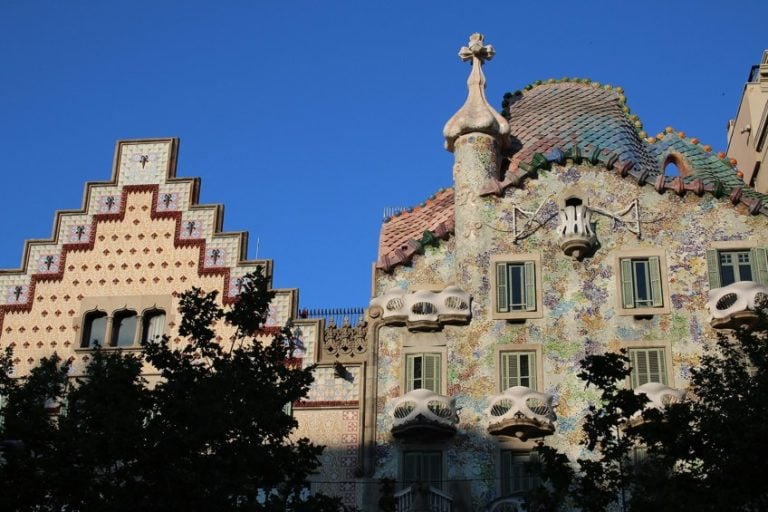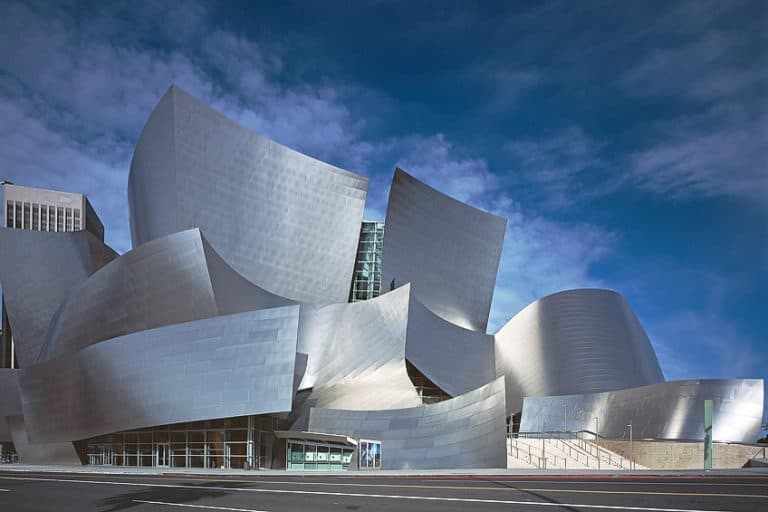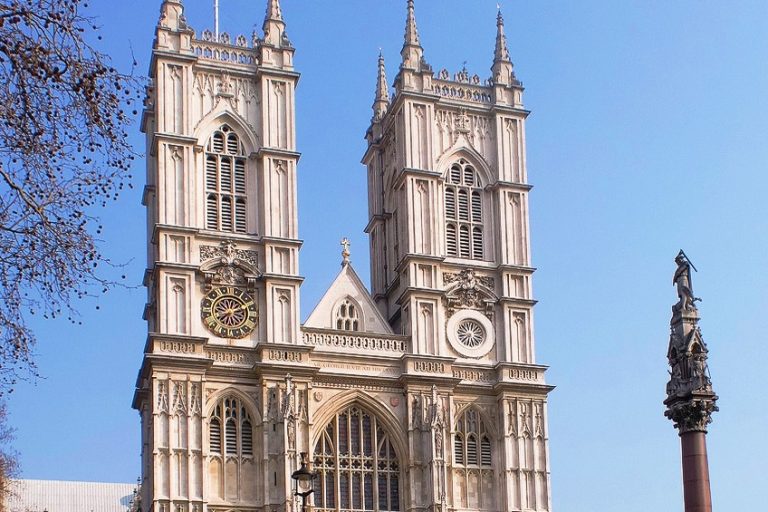What Is Residential Architecture? – Designing Functional Homes
What is residential architecture? This will be the focus of our discussion today as we consider the history of residential design, some of the characteristics of residential architecture design, architects for residential homes, and a number of homes that are considered to be famous examples of residential design. If this is a topic that appears interesting, then the best thing to do is to see what we can learn about residential architecture.
What Is Residential Architecture?
Residential architecture is a rather simple thing. These are buildings that are designed for someone to live inside them. This can also mean that it can often be easiest to define this concept by what it is not. They are not offices or other instances of commercial buildings. They are not factories or other instances of industrial buildings. They are not religious buildings, such as churches. Instead, they are designed for people to actually live inside them.
For this reason, residential buildings are probably the most common type of building in the world.
We all have to live somewhere, and individual people or families require a space to live that is separate from other people and families. This has contributed to the development and proliferation of a variety of different types of residential buildings and architectural styles. This also means that “residential architecture” does not refer to a specific style but rather a broad category.
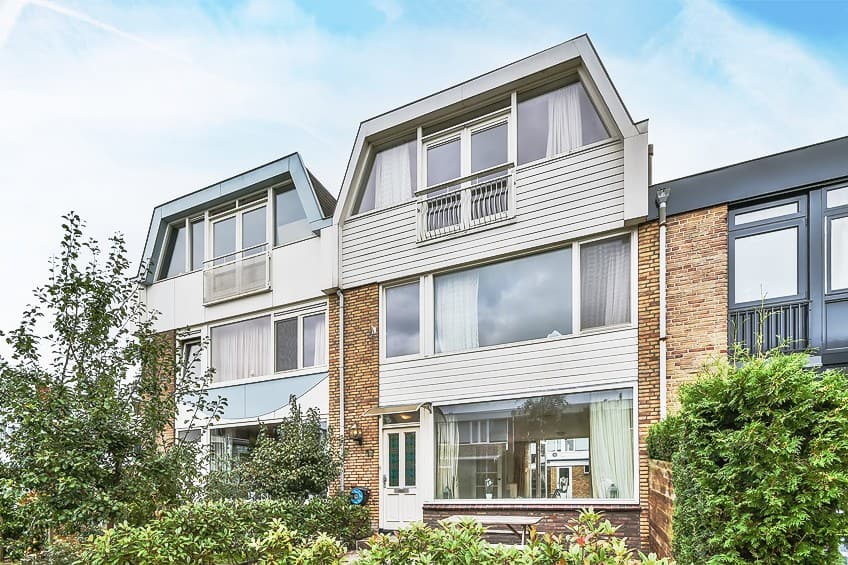
So, today, we will discuss a number of different aspects of residential architecture. However, one should always remember that a term like this is not all that specific, and anything could, theoretically, be a residence. For instance, there have been examples of industrial buildings being repurposed as residences. This can happen, and this also leads to the lines between different types of architecture becoming blurred.
A Brief History of Residential Architecture
When did residential architecture start? Basically, as soon as humans could build structures. While many ancient civilizations were more nomadic, and the earliest permanent residences started to appear during the Neolithic period, most houses from those ancient times have not survived into the present day. Early residential architecture would have been constructed from wood, mud, and other building materials that were far less sturdy.
This is why many of the oldest structures that have survived into the present day are instead instances of other architectural purposes, such as religious sites that used megalithic architecture.
However, this did not mean that residences did not exist, but rather that they were subject to physical decay over time. As we started to develop as a civilization, we started to construct more permanent homes. Some of the earliest structures that could be compared to contemporary houses were found in Pompeii from the 4th to 3rd centuries BCE. Since then, we have only continued with our development of residential architecture. Houses have been necessary for us since the very beginning of our existence as settlers.

This ultimately led to the development of many different varieties of residential architecture over the centuries. Pure functionality became less important as we were able to make use of more aesthetically pleasing designs, and this became especially prominent during the Modern era. Today, residential architecture is everywhere, and it is highly varied and individualized to whatever country it can be found in. Residential design is everywhere, but what are some of its common characteristics?
The Characteristics of Residential Architecture
So, exactly what is residential architecture? What differentiates this type of architecture from other types of architectural design? The basic premise is quite a simple one as residential architecture is any kind of architectural design that is designed around a non-commercial general mentality. This does not mean that residences are not sold, and so, in that sense, they are still “commercial”, but rather that they are designed for people to live inside them and so they are not intended to be used as workspaces. The kind of place you would want to live is not necessarily the same as the kind of place you would want to work. In addition, residences are often a lot smaller than more commercial or industrial buildings, but they also need to be highly functional. A residence requires a number of amenities that are not necessarily needed in other types of architecture.
A residence needs a place for people to sleep, at least one bathroom, a place to prepare food, and so on.
An example of residential architecture needs to have all of these amenities in place so that someone can use the building without needing to go elsewhere. And because the physical space of residential buildings is generally a lot smaller, it needs to be able to fit all of those together in a way that does not compromise the comfort of those in said spaces. This has led to a number of different types of residential design. It has also meant that most examples of residential architecture make use of a room-based design in which each section of the residence is separated from every other section. This is in juxtaposition to something like the contemporary office environment, which is often designed to be entirely open-plan.

This does not mean that open-plan homes do not exist, but rather that they are less common, especially when it comes to house design as many apartments are single rooms with an open-plan design. It becomes important for residential architecture to be comfortable and accessible for those who live inside them, and this is why residential architects need to pay close attention to the use of space, light, and functionality in these kinds of spaces. There are many different types of residential architecture though, and there is no singular variety or design ethos that is followed by all residential architects as different styles and approaches exist for those who want to try something different.
Famous Residential Architects
What is a residential architect? There have been many famous architects for residential homes over the years, and while many of the most famous architects in the world tend to be known for more large-scale structures, a number of them have managed to make a name for themselves through residential architecture. The residential architects discussed below are not exclusively known for residential architecture, and they did all design far larger buildings too, but they have made a name for themselves in the realm of residential architecture design.
It may also be worth noting that there are many architects for residential homes in the world, and it is possible that most architects design homes as they are the most common type of building in the world, but there is less room for illustrious design in terms of ordinary residential architecture.
It’s far easier for an architect to make a name for themselves if they have designed a skyscraper than if they’ve designed a house. However, houses are immensely important, and most of us live in a residential setting of some kind. With that disclaimer, let’s look at a few of those who did manage to become famous while also having at least somewhat of a focus on residential design.
Frank Lloyd Wright (1867 – 1959) from Richland Center
| Architectural Style | Organic architecture |
| Years | 1867 – 1959 |
| Place of Birth | Richland Center, Wisconsin, United States |
| Known For | Fallingwater House (1936 – 1939) |
In terms of architects who became well-known for residential architecture design, Frank Lloyd Wright may be the most well-known. He was a prolific designer, and he designed over a thousand structures throughout the course of his career. Many of those were also instances of residential architecture. He would not generally be considered a “residential architect” alone though as he did design many other types of buildings.

Frank Lloyd Wright was an architect who has generally come to be understood as one of the most famous and influential figures from the Modern architectural era, and he was an innovator in organic architecture. This architectural style was an attempt to produce a more harmonious connection between the natural world and the constructed world. This generally meant the use of local materials, numerous windows, unadorned walls with natural coloring, and so on. In addition to the design of the structures themselves, he was also often involved in the interior design of these buildings.
Ludwig Mies van der Rohe (1886 – 1969) from Aachen
| Architectural Style | Modernism |
| Years | 1886 – 1969 |
| Place of Birth | Aachen, Germany |
| Known For | Edith Farnsworth House (1945 – 1951) |
When it comes to immensely famous architects of the Modern era, Ludwig Mies van der Rohe cannot be ignored. The work that he produced is generally seen as some of the most important and foundational to Modernist architecture in general. He had a role to play in the Bauhaus architectural and design school, he became an influential teacher at an American university, and his work can be found throughout the world. He is not best known for his residential architecture design, but he did complete a number of residential structures that went on to become immensely famous and highly influential.
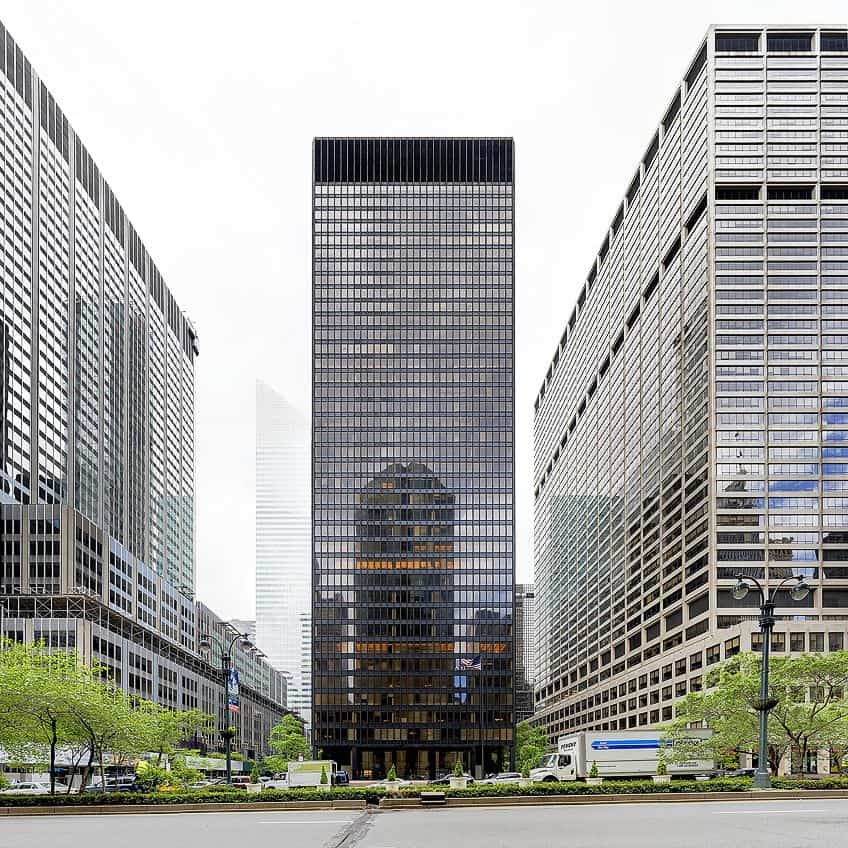
Ludwig Mies van der Rohe was a pioneer in Modernist design, and this entailed the use of open-plan structures in which there were minimal or no load-bearing walls within the interior of a structure. In addition, his use of modern materials, like steel and glass, led to the proliferation of their use by those who had been influenced by him. While he did not design many residential structures himself, his design ethos of “less is more” led to an appreciation for minimalist residential design in those who followed in his footsteps. He may not have been known as a residential architect, but he certainly did influence residential architecture.
Le Corbusier (1887 – 1965) from La Chaux-de-Fonds
| Architectural Style | Modernism |
| Years | 1887 – 1965 |
| Place of Birth | La Chaux-de-Fonds, Switzerland |
| Known For | Villa Savoye (1928 – 1931) |
Not all instances of residential architecture design are in the form of houses. We tend to view residential architecture as being houses, but apartment blocks are also an instance of residential architecture. Le Corbusier designed both. He was an immensely influential architect in the use of rough-cast concrete structures and an important figure in the development and widespread reach of Modernist design. One of the contributions he gave to the world was his use of the “five points” design ethos.

This design style was not particularly widespread in its usage, unlike some of the other methods that he made use of, but it was important as a guideline that many others would draw influence from over the decades. This design entailed the use of concrete, the lack of load-bearing walls, a detached façade, long windows, and rooftop gardens. He was interested in making life more pleasant and livable for those in urban environments, and this kind of care translated into an influential residential design that would be adopted, in part, by many other architects throughout the years.
Examples of Residential Architecture
In terms of buildings in our world, residential structures are likely the most common. Everyone, for the most part, lives in a home of some kind. This could mean that we live in houses, apartments, condos, and so on. There are numerous different types of residential architecture design in the world, but we are only going to consider three of the most prominent instances from the Modernist era as this was the era in which many new innovations in residential architecture, and other varieties of architecture, were being developed.
Let’s examine the fruits of the labor of some of the most famous architects of residential homes and why they have become so famous.
Villa Savoye (1928 – 1931) in Poissy
| Architect | Le Corbusier (1887 – 1965) and Pierre Jeanneret (1896 – 1967) |
| Date Constructed | 1928 – 1931 |
| Function | Villa |
| Location | Poissy, France |
Villas have been around for many centuries, and the return to this form in Le Corbusier’s most famous house design is notable. While Le Corbusier did design large apartment blocks that have become some of the staples of residential architecture design in terms of large-scale residences of that variety, Villa Savoye has become influential in a very different way. The slick, sleek, and slender design went on to become one of the most notable examples of Modernist architecture in the first half of the 20th century.

One of the most notable things about this particular instance of residential architecture is that it makes use of Le Corbusier’s “five points”. These architectural guidelines, while not followed by many today, did serve as a good background against which other Modernist designs could be implemented. For instance, the use of rooftop gardens would go on to become more prominent in the contemporary era. The white box design of Villa Savoye, the long, horizontal windows, and the reinforced concrete design all became components that were prominently used in many instances of residential design throughout the Modernist era.
Fallingwater House (1936 – 1939) in the Laurel Highlands
| Architect | Frank Lloyd Wright (1867 – 1959) |
| Date Constructed | 1936 – 1939 |
| Function | House museum |
| Location | Laurel Highlands, Pennsylvania, United States |
The Fallingwater House is, by far, the most famous piece of residential architecture that Frank Lloyd Wright ever designed. Most instances of residential architecture are constructed in fairly typical regions, such as the suburbs, and this means that there is very little space for real innovation of any kind. This is not true of the Fallingwater House. This structure has become known as an exemplary example of Frank Lloyd Wright’s organic architecture, and while a structure such as this cannot be easily replicated, its general residential design has become influential.
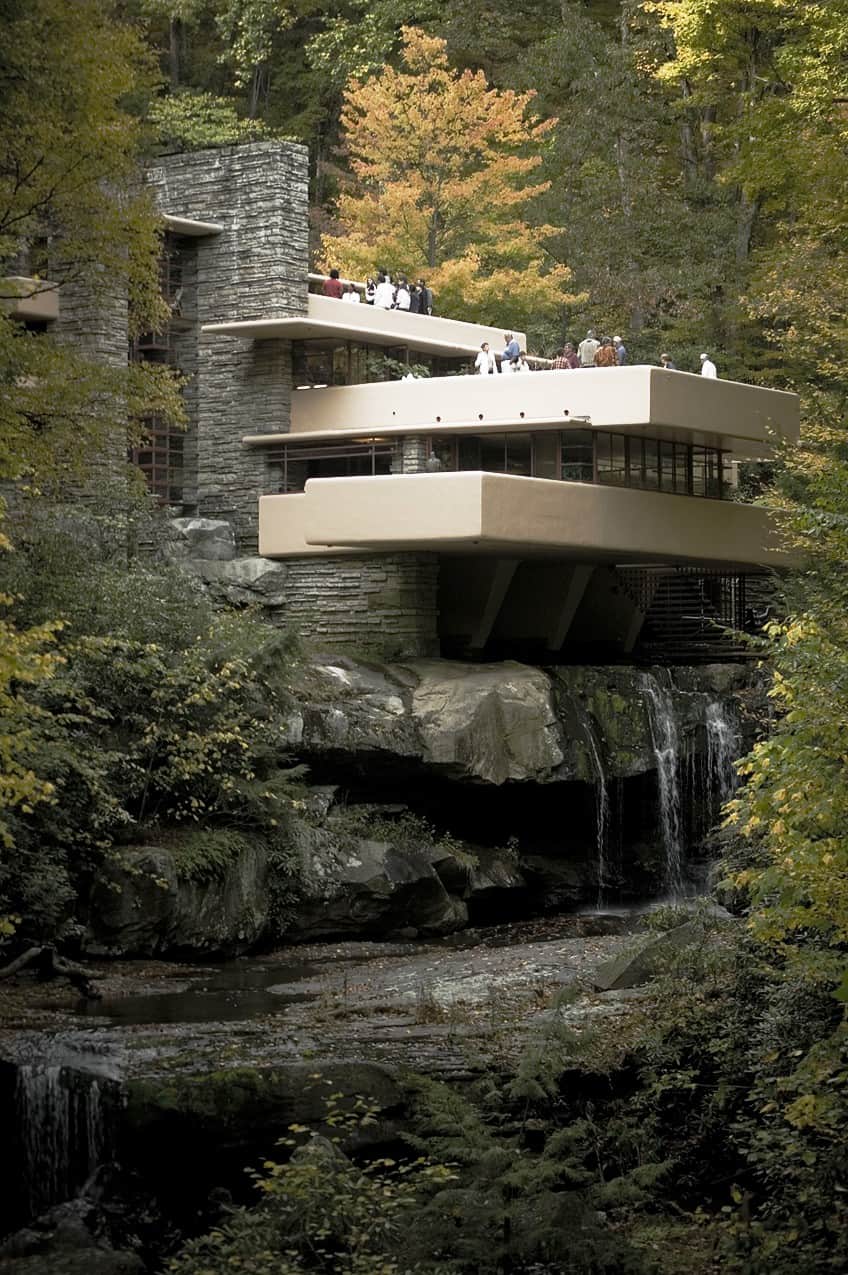
The reason it cannot be easily replicated is because it is constructed atop a waterfall. A river flows through the property, and instead of building this structure beside the waterfall, it instead stands over it. This means that it needed to hang over something with less place for traditional structural support, and this led to the necessity of a large, cantilevered section for the building. This design has become famous throughout the world, and while there are not many who could replicate this in any real way, the naturalistic exterior, use of extensive windows, and a move towards a more organic form have become influential.
However, designs of this kind are also generally rather expensive, and so this is not viable as residential architecture for most, but rather for an exclusive few.
Edith Farnsworth House (1945 – 1951) in Plano
| Architect | Ludwig Mies van der Rohe (1886 – 1969) |
| Date Constructed | 1945 – 1951 |
| Function | Historical house |
| Location | Plano, Illinois, United States |
The Edith Farnsworth House is one of the best-known examples of residential architecture ever constructed. The building was designed by the renowned architect Ludwig Mies van der Rohe in the mid-20th century, and it was designed as a getaway retreat. It has one room, and it isn’t particularly large, but its design has gone on to be immensely influential and many examples of residential architecture have made use of a similar general design.
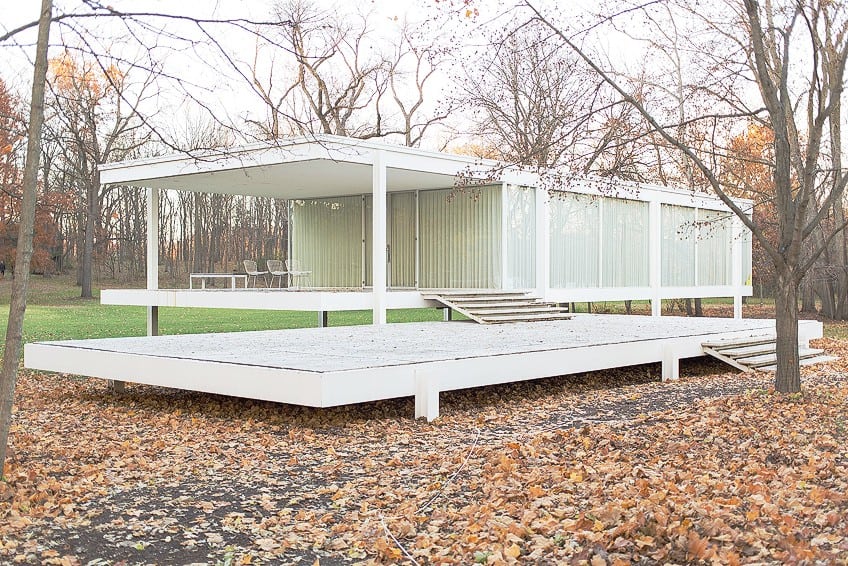
The design of this structure is predominantly minimalist and see-through. The house is made of steel and glass, and it features a lack of internal load-bearing walls. There is a central private region for a bathroom, but the building is, otherwise, open plan. The bedroom area, lounge, and kitchen all share floor space with one another. The glass walls allow for the natural landscape around the building to be on full display, and this openness to the outside world has contributed to this instance of residential design being one of the most famous to have ever been constructed.
So, what is residential architecture? What is a residential architect? Hopefully, these questions, and more, were answered over the course of this article as we examined the history of residential design, some of the characteristics of the form, a handful of residential architects, and some of the most famous examples of residential architecture. There is residential architecture all around us, and if you ever spot an instance of this form that looks particularly great, have a closer look and consider why you think that particular one is so great.
Frequently Asked Questions
What Is Residential Architecture?
Residential architecture is any kind of architecture that involves the design and construction of buildings that are produced for non-commercial purposes. This means that they are designed for people to live in rather than for people to work in or visit for some other reason. Residential architecture is often significantly different and more functional than many other types of architecture because of its need to be used as a livable space in which humans can operate.
What Is a Residential Architect?
A residential architect is any architect who has specialized, in some or another sense, in designing residential spaces. Not all residential architects solely design residential buildings, and some of the most famous architects of residential homes were not only known for their residential designs. However, as it is likely that the majority of buildings in our world are intended for humans to live inside them, residential architects may be the most common type of architect.
How Does Residential Architecture Differ from Other Types of Architecture?
There are many ways that residential architecture is seen as different from other types of architecture. When it comes to a great many types of buildings, individuality is not necessarily taken into account. When residences are designed, they are designed to be used by people who want a home. This means that they will be functional and likely exclude some of the extravagances that can be found in many other examples of architecture.
What Is the Most Famous Example of Residential Architecture?
It is likely that some of the most famous examples of residential architecture are those that were designed during the Modernist era. This period of time led to the development of open-plan houses and the prolific use of windows. While the houses themselves may not be known, the kind of design that they inspired would become widely known. So, structures like Village Savoye in France or the Edith Farnsworth House in the United States are likely some of the most influential and widely replicated types of Modernist houses.
Who Is the Most Famous Residential Architect?
There have been many famous residential architects over the years. Many of the most famous were not solely known for designing residences though. For instance, Ludwig Mies van der Rohe, Frank Lloyd Wright, and Le Corbusier designed some of the most notable and influential examples of residential architecture in the world, among other types of architectural projects.
Justin van Huyssteen is a freelance writer, novelist, and academic originally from Cape Town, South Africa. At present, he has a bachelor’s degree in English and literary theory and an honor’s degree in literary theory. He is currently working towards his master’s degree in literary theory with a focus on animal studies, critical theory, and semiotics within literature. As a novelist and freelancer, he often writes under the pen name L.C. Lupus.
Justin’s preferred literary movements include modern and postmodern literature with literary fiction and genre fiction like sci-fi, post-apocalyptic, and horror being of particular interest. His academia extends to his interest in prose and narratology. He enjoys analyzing a variety of mediums through a literary lens, such as graphic novels, film, and video games.
Justin is working for artincontext.org as an author and content writer since 2022. He is responsible for all blog posts about architecture, literature and poetry.
Learn more about Justin van Huyssteen and the Art in Context Team.
Cite this Article
Justin, van Huyssteen, “What Is Residential Architecture? – Designing Functional Homes.” Art in Context. November 8, 2023. URL: https://artincontext.org/what-is-residential-architecture/
van Huyssteen, J. (2023, 8 November). What Is Residential Architecture? – Designing Functional Homes. Art in Context. https://artincontext.org/what-is-residential-architecture/
van Huyssteen, Justin. “What Is Residential Architecture? – Designing Functional Homes.” Art in Context, November 8, 2023. https://artincontext.org/what-is-residential-architecture/.


